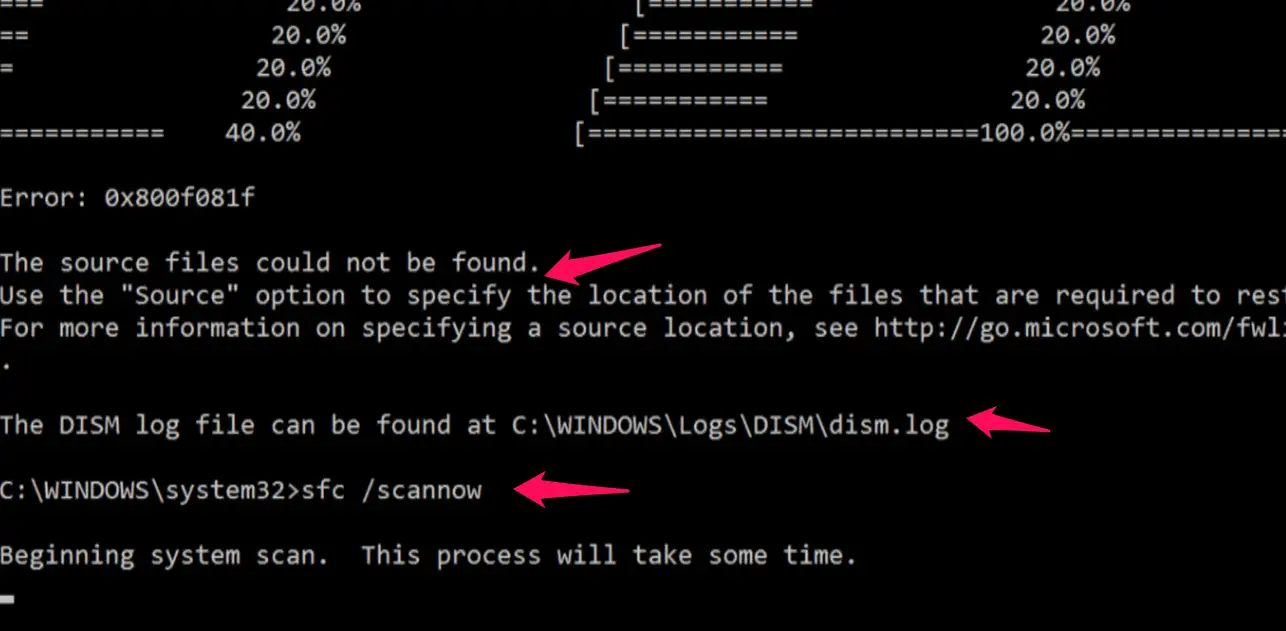


Go to HKEY_LOCAL_MACHINE \ SOFTWARE \ Microsoft \ Windows \ CurrentVersion \ Setupĭouble click the value SourcePath in the right pane, and enter the location where you copied the I386 folder (probably you copied the folder in the root of your C drive, thus the value would be C:\.Ĭlose the registry editor, and log off from Windows, or restart your computer for the setting to take effect. When you start SFC, you may see the following prompt several times during the process: Here you can using the command sfc with any of the switches indicated above (most of the time you'll be using sfc /scannow (note the space after sfc). To start using SFC, go to Start > Run, and type cmd in the Open box, then click OK to open a command prompt. This command requires you to restart the computer, and then run the /purgecache command to adjust the size of the on-disk cache. /Cachesize= x: Sets the file cache size to x megabytes (MB).This command may require access to the Windows installation source files. /Purgecache: Purges the file cache and scans all protected system files immediately.The default cache size is not reset when you run this command. /Revert: Returns SFC to the default setting (do not scan protected files when you start the computer).This command may require access to the Windows installation source files every time you start your computer. /Scanboot: Scans all protected system files every time you start your computer.This command may require access to the Windows installation source files when you restart the computer. /Scanonce: Scans all protected system files one time when you restart your computer./Scannow: Scans all protected system files immediately and replaces incorrect versions with correct Microsoft versions.


 0 kommentar(er)
0 kommentar(er)
